The type of binding is usually selected based on the function of the product, technical specification and budget.
The type of binding is usually selected based on the function of the product, technical specification and budget.

A strong, durable binding where inside pages are sewn together in sections. Standard thread colour is white, but you can order different colour threads.
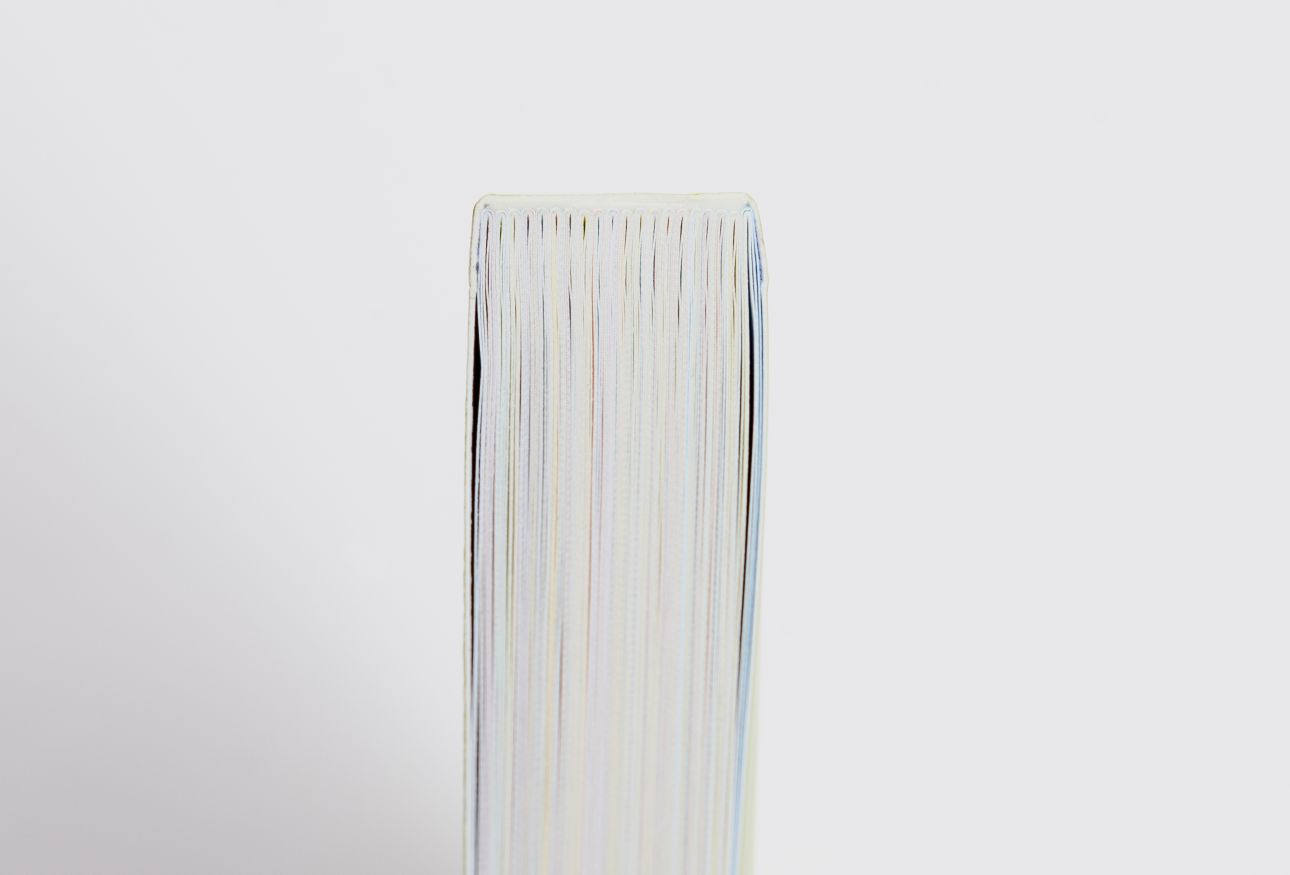
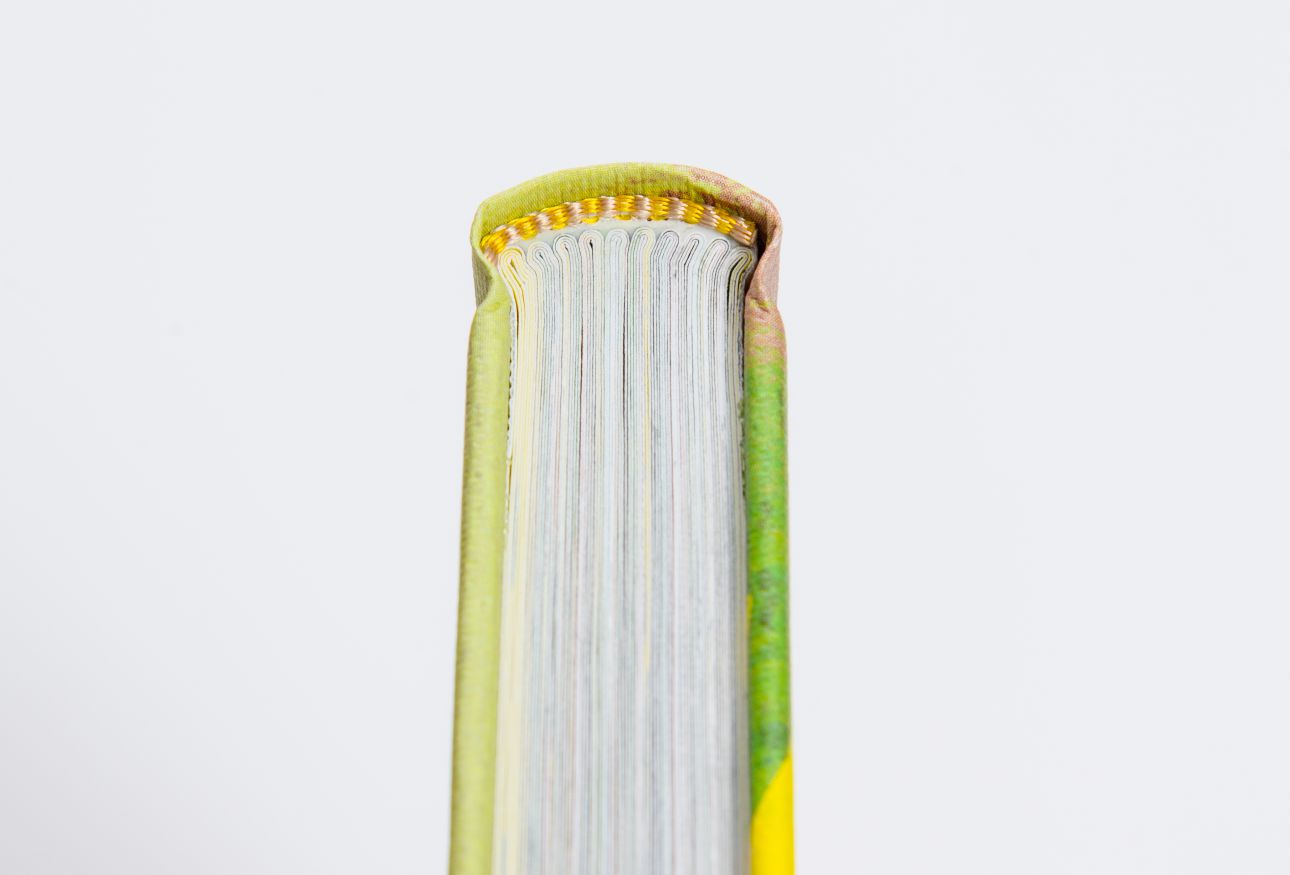

Sewn soft cover books with endpapers, for which the cover spine is not attached to the book content spine part. This makes it possible for you to lay it flat when it is opened. This also gives the cover spine an appearance similar to hard cover books. When the book is opened, the cover does not crease in the direction of the spine.
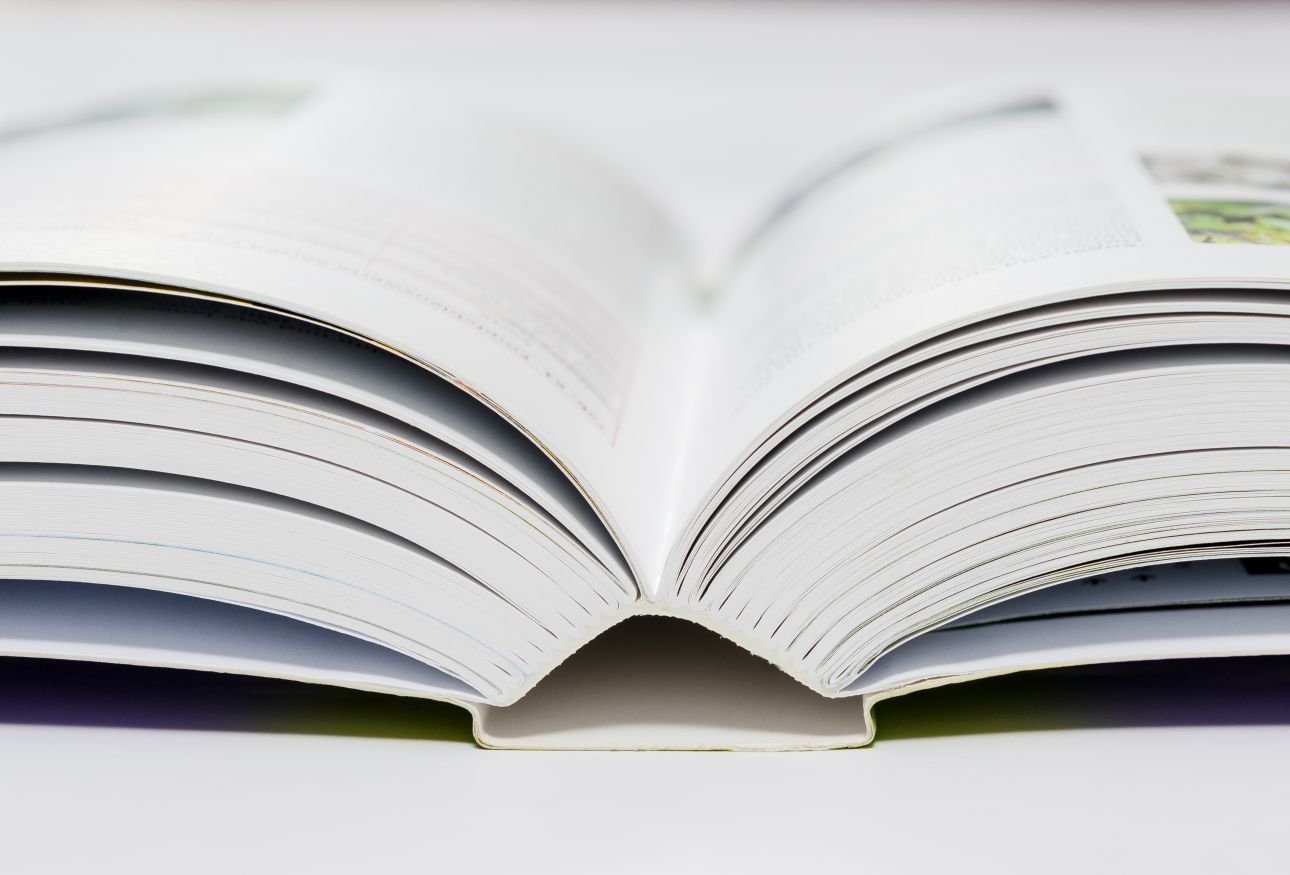

Punched pages are inserted onto a C-shaped wire spine, which is squeezed until it is round. Like spiral binding it can open flat, it offers 360-degree rotation and wires are available in different colours and sizes. Best results with soft or hard cover books not thinner than 2mm and not thicker than 24mm.
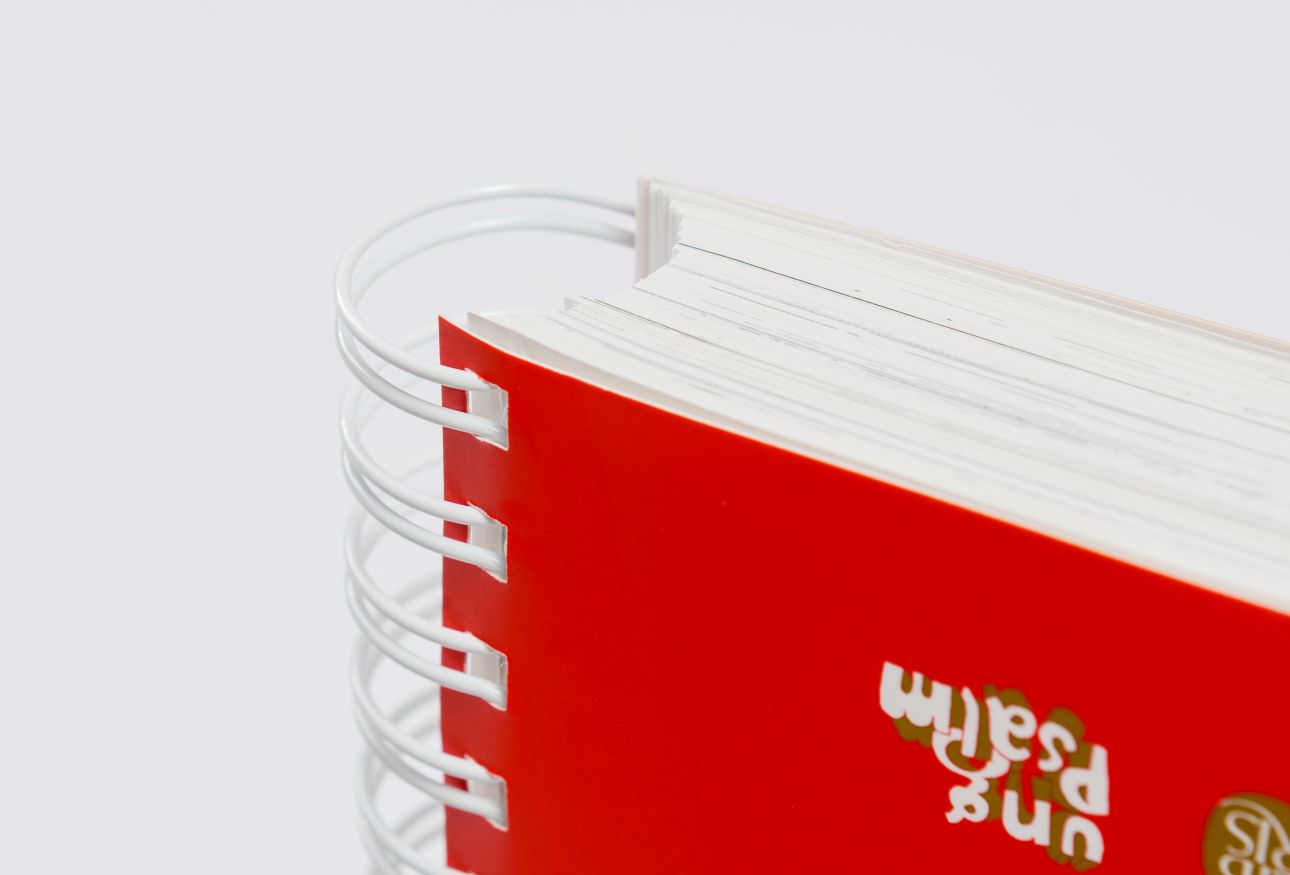
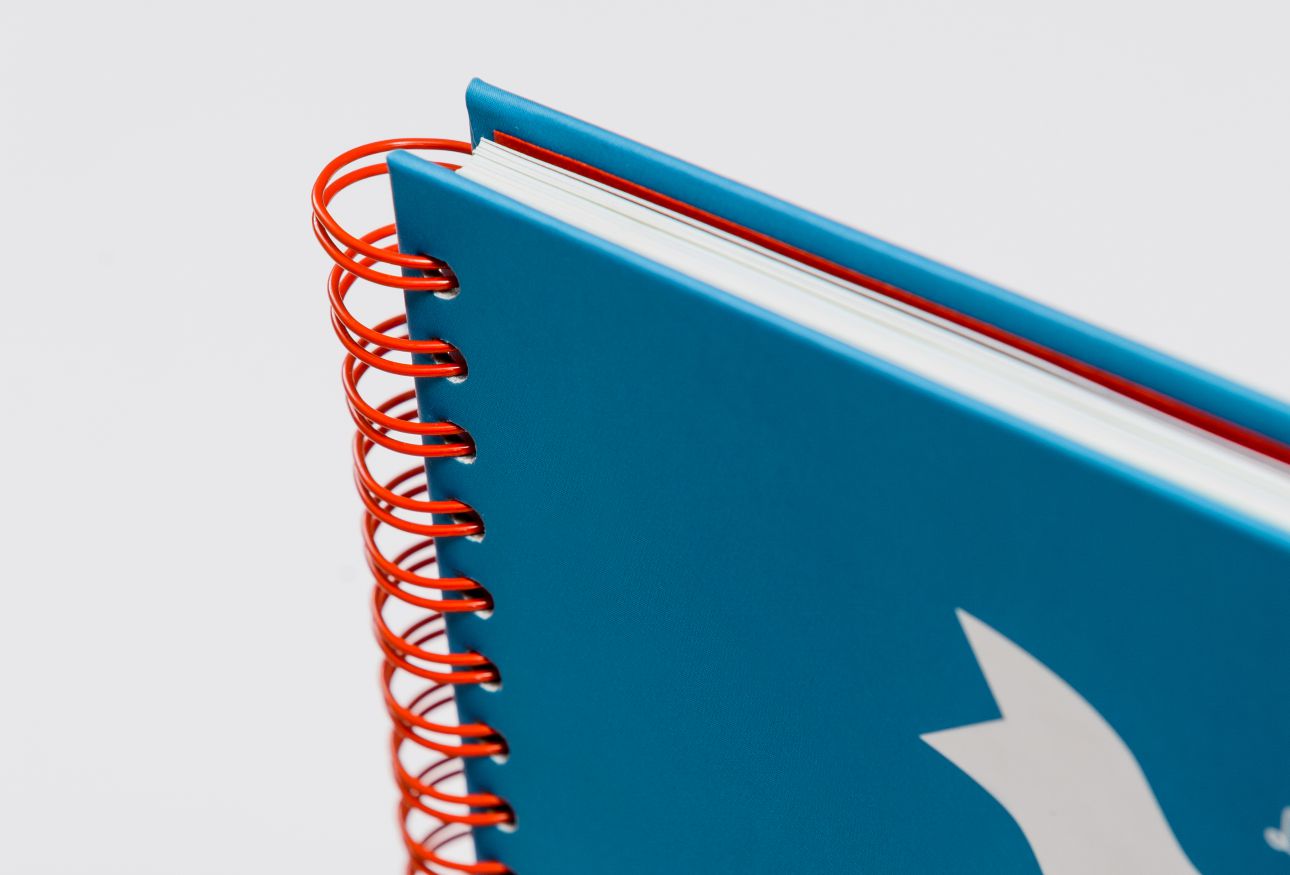

Board Books are made from thick, durable cardboard, ensuring both the content and cover are sturdy and long-lasting. The pages are designed as cardboard spreads glued together, creating a robust and child-friendly format. While primarily intended for children’s books, board books also offer creative possibilities for unique adult designs.
For file preparation content must be supplied in spreads, see our pre-press guidelines on board books.
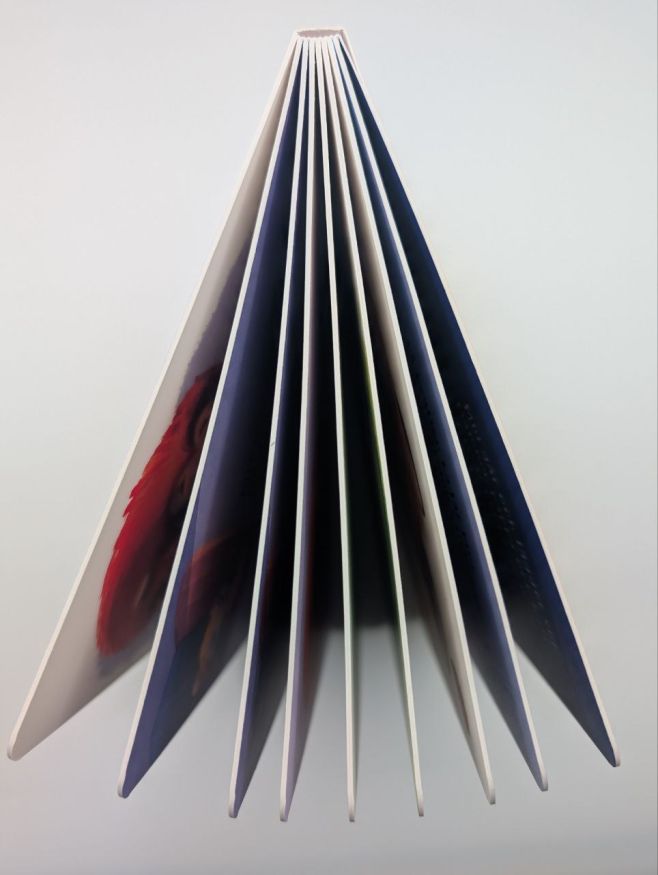
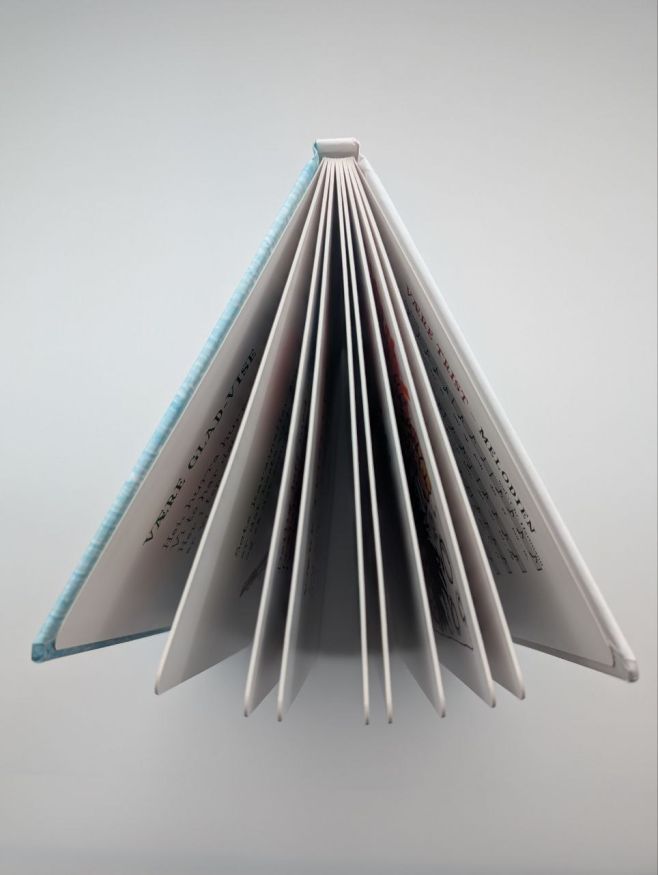
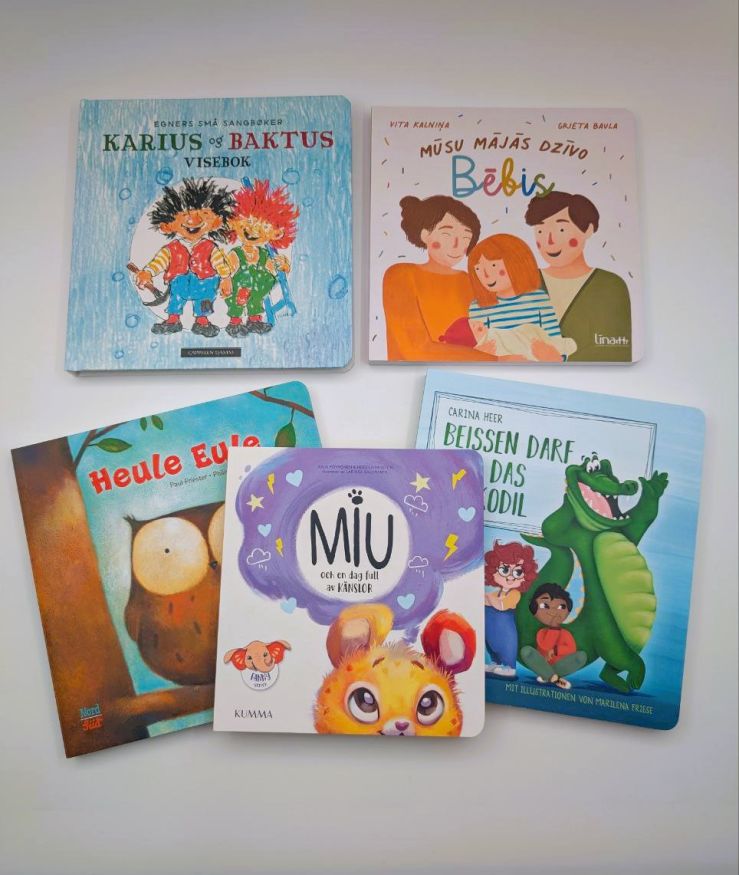
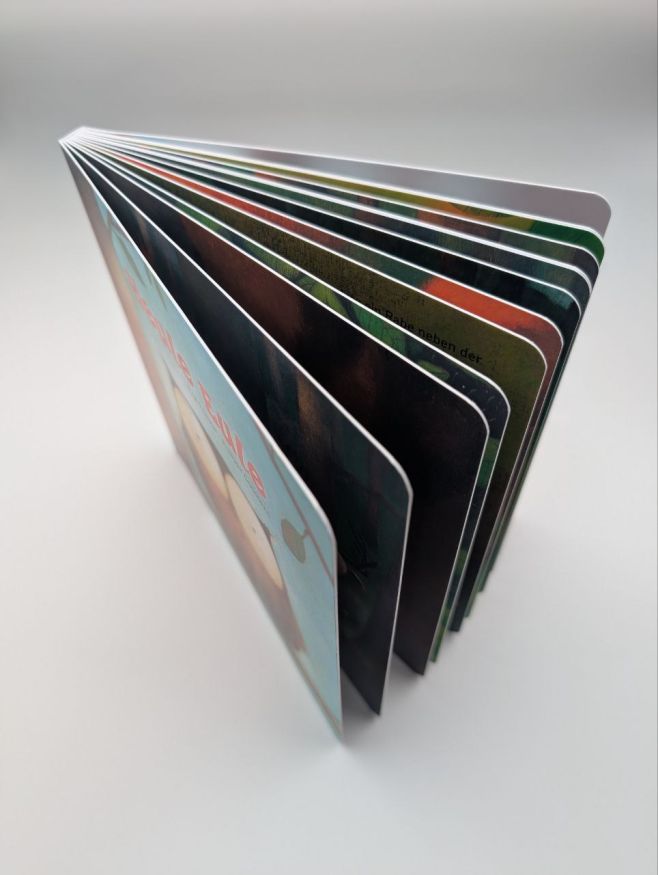

Also known as Hardback, where cover paper or other cover material is glued onto a thick board. This gives the book protection and durability.
Maximum size for glued or sewn hard cover books with round spine: 290x380 mm
Maximum size for glued or sewn hard cover books with flat spine: 300x380 mm
Minimum size for glued or sewn hard cover books: 80x100 mm
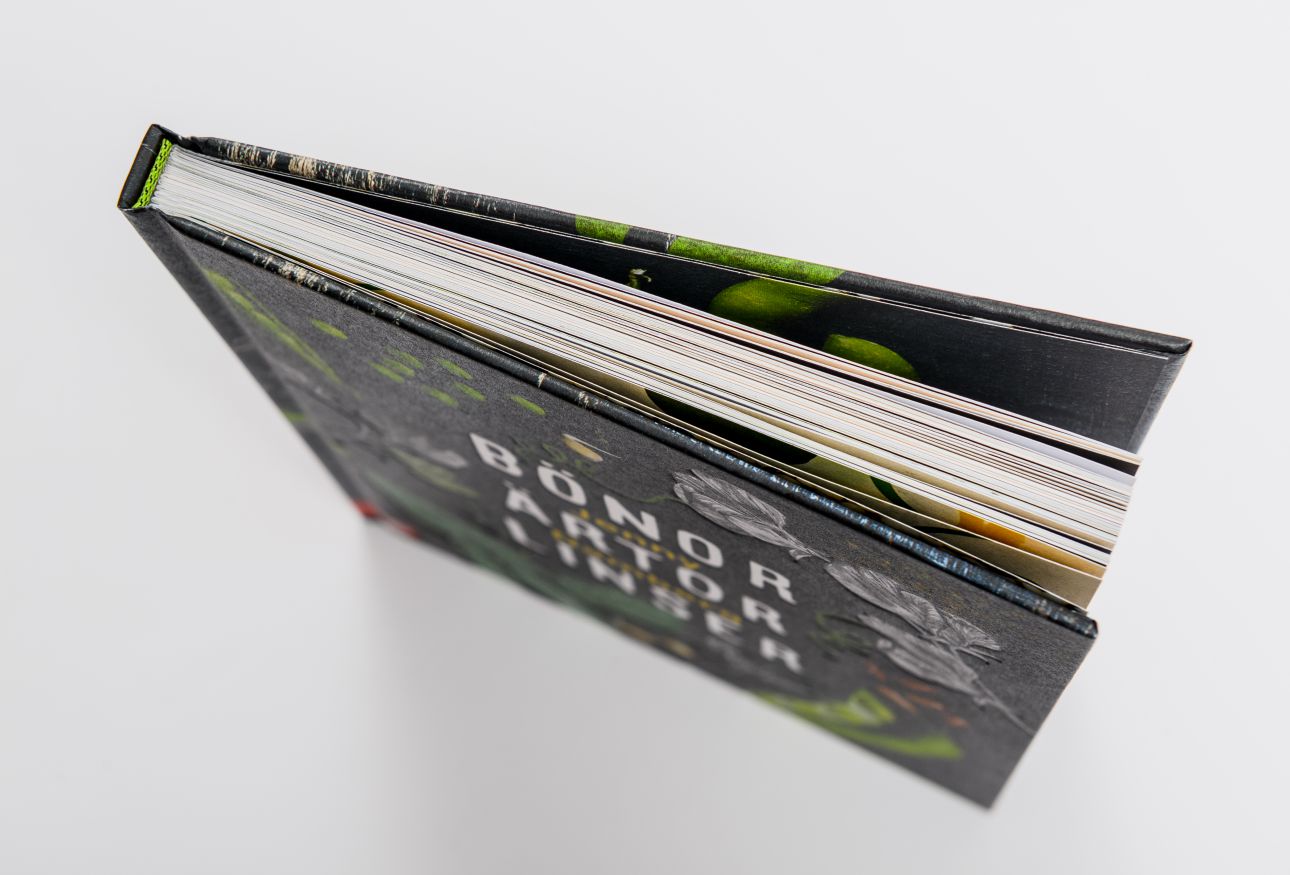
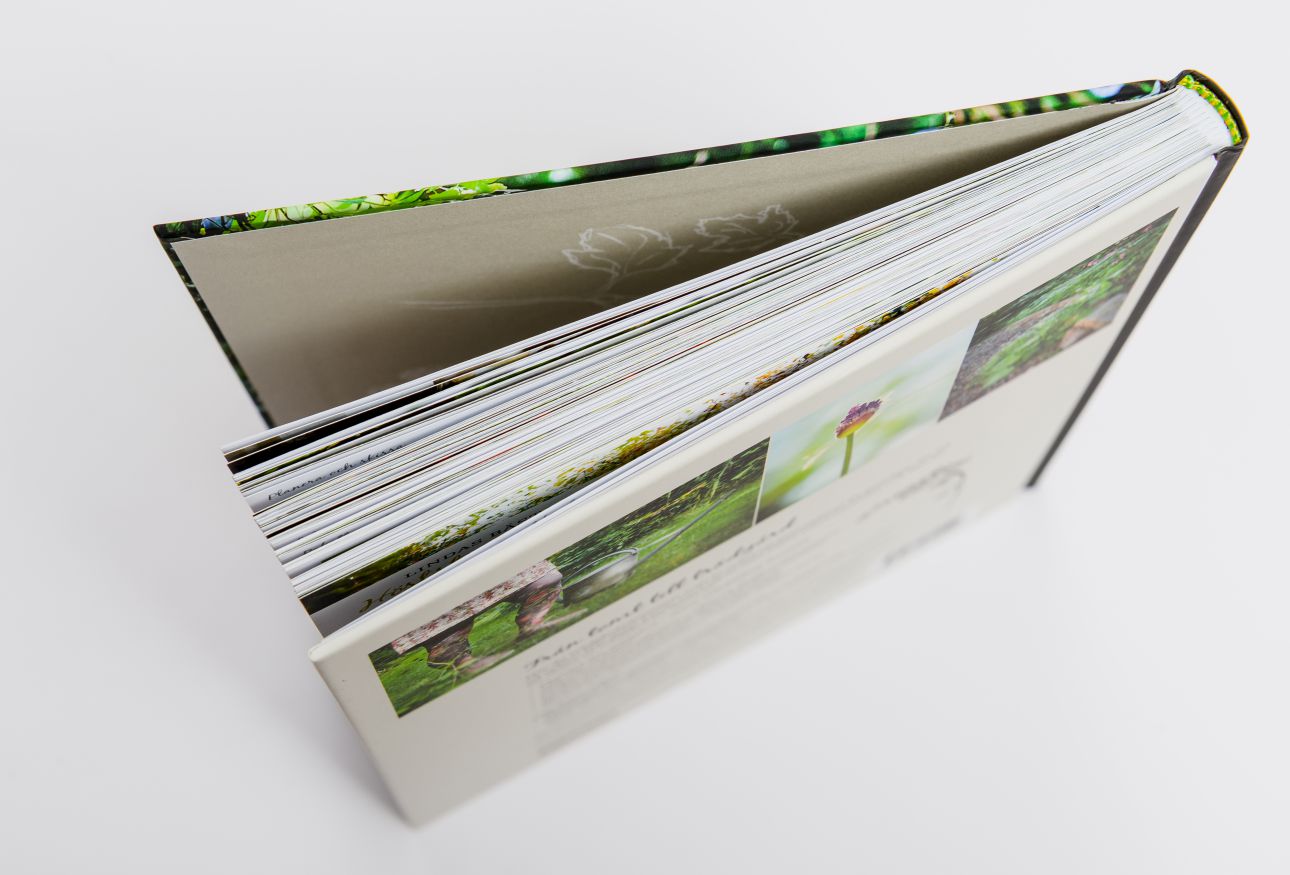

Binding style which lies between paperback and hard cover binding, combining features of both. More durable than soft covers, lighter than hard covers. Endpapers, head & tail bands and marker ribbons also possible as for hard covers. Flaps for cover possible as for soft covers.
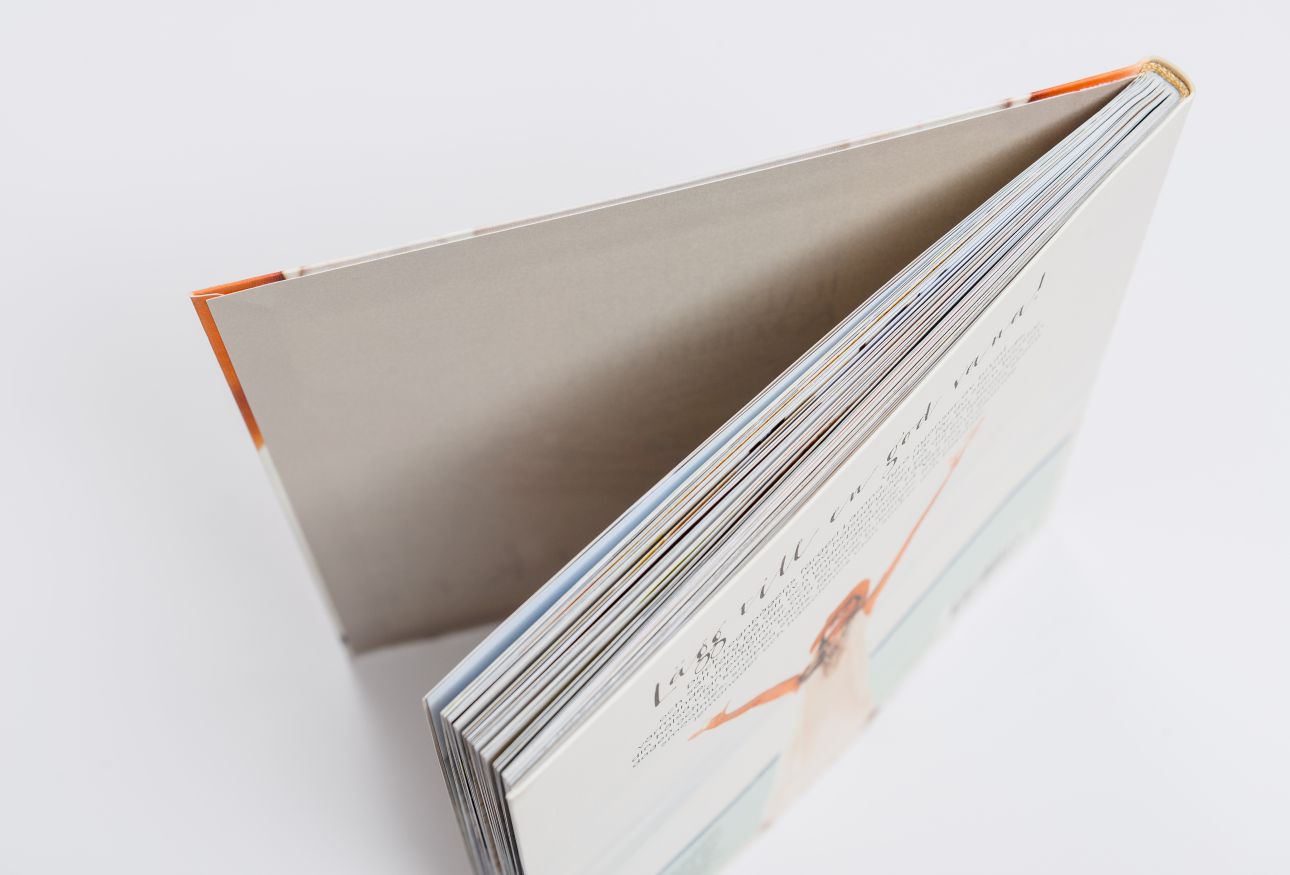
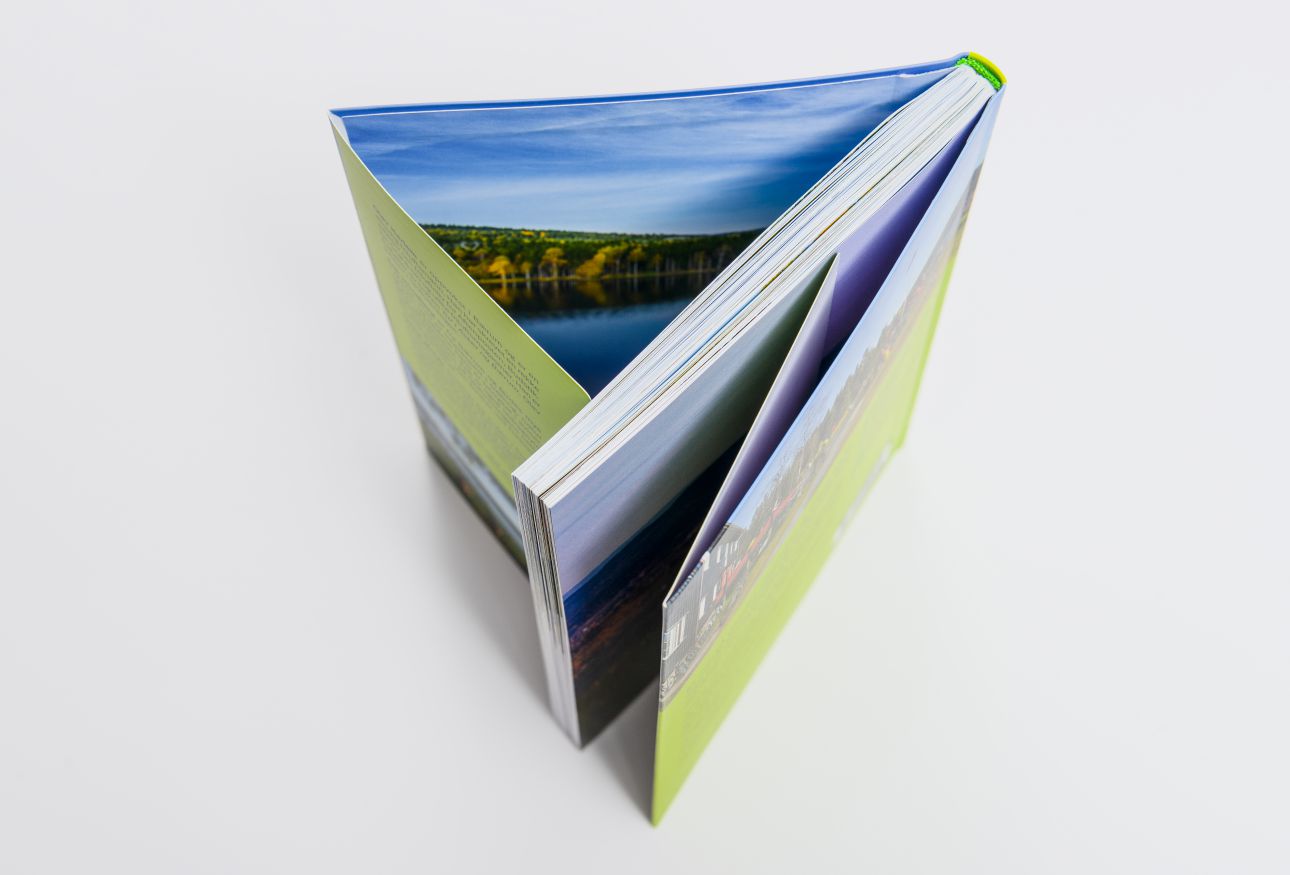

If endpapers are not included in content pages as self-ends, endpaper is a folded sheet with one half glued onto the inside cover and the other serving as the first or last free page. Usually paper that is thicker or the same as content pages is used for endpapers. They can be printed or blank, or made from already coloured paper.
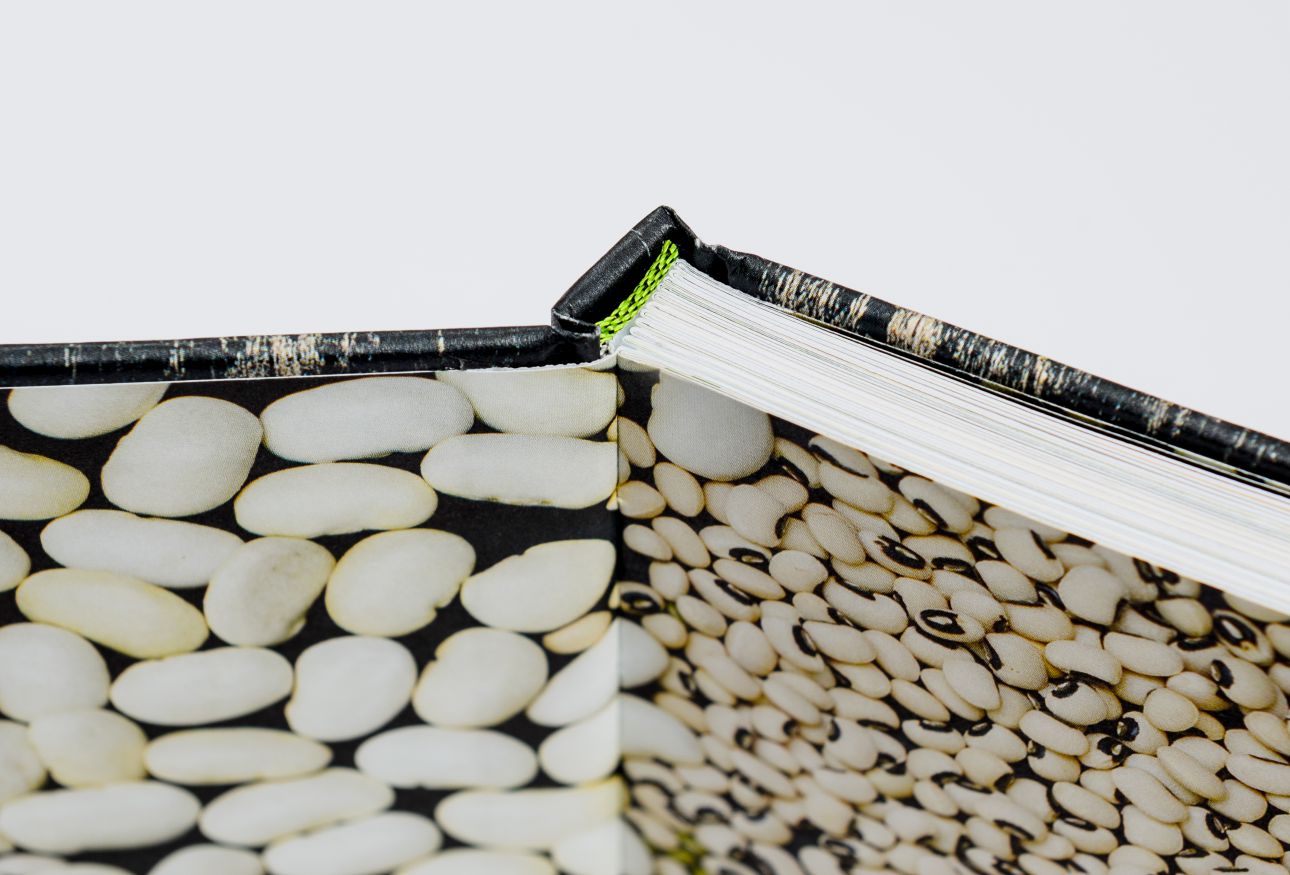
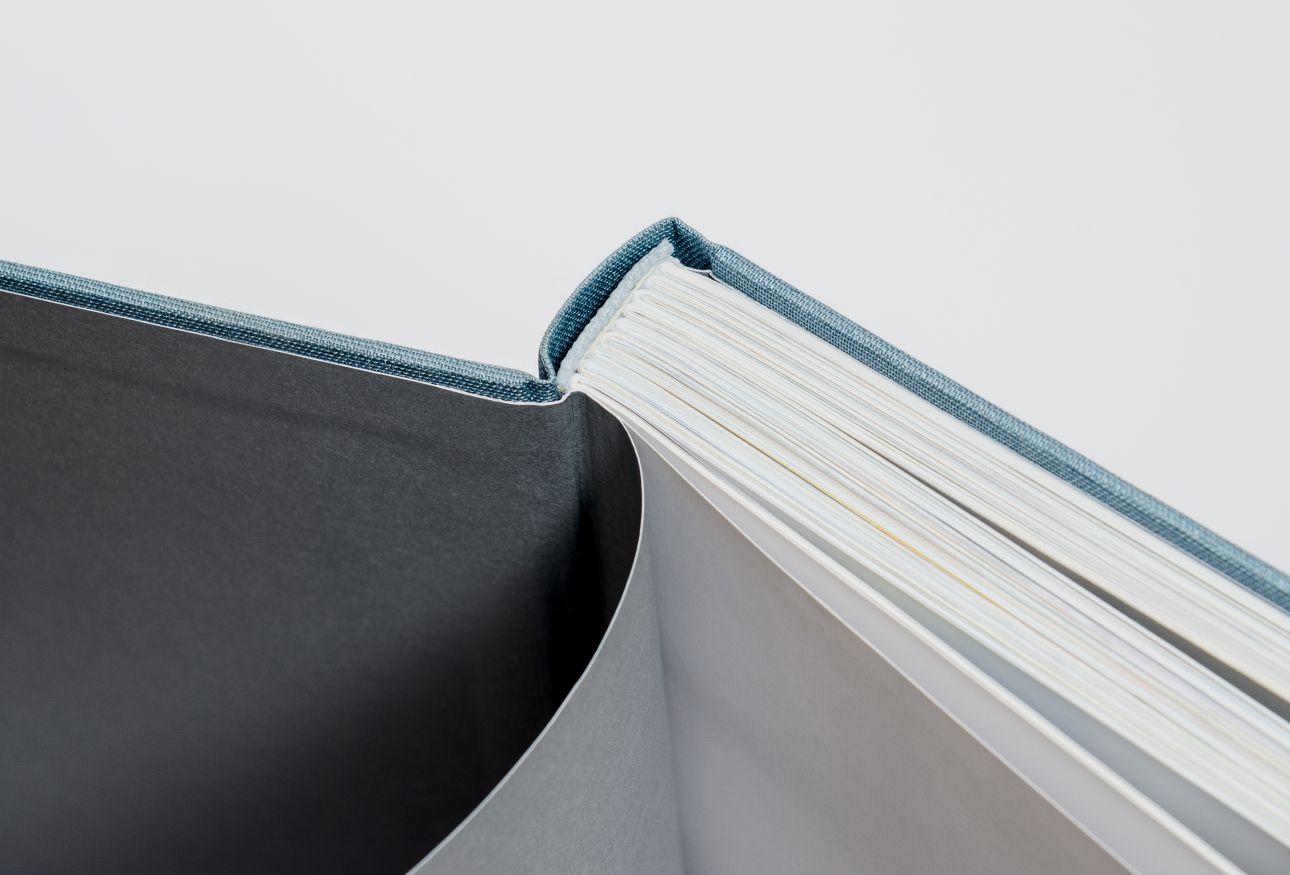

Traditionally for quarter bound books the cover spine material is different from the front and back cover material or paper. It is possible to vary the combinations of materials differently from the traditional style. For example, one material for the spine part and back cover, and a second material for the front cover.
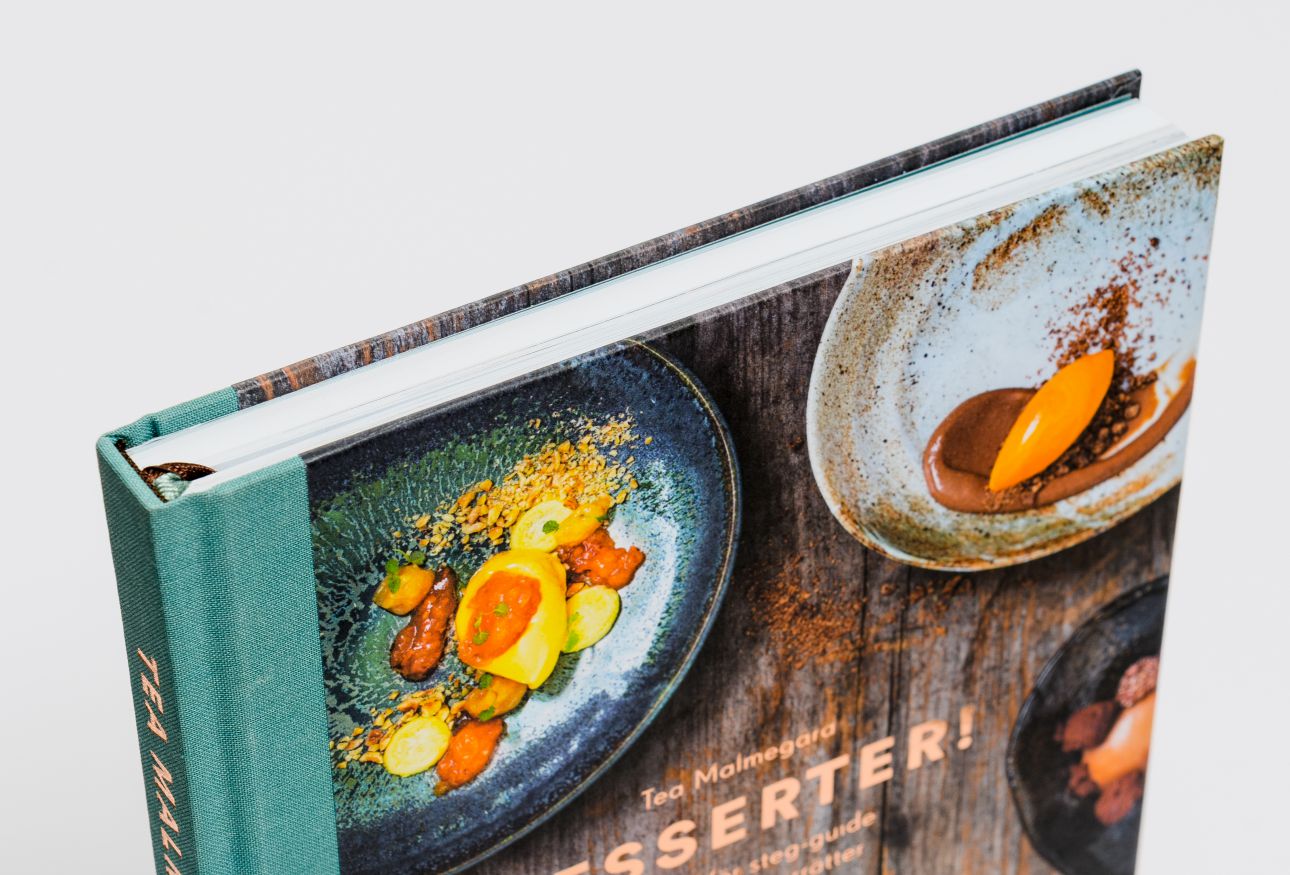
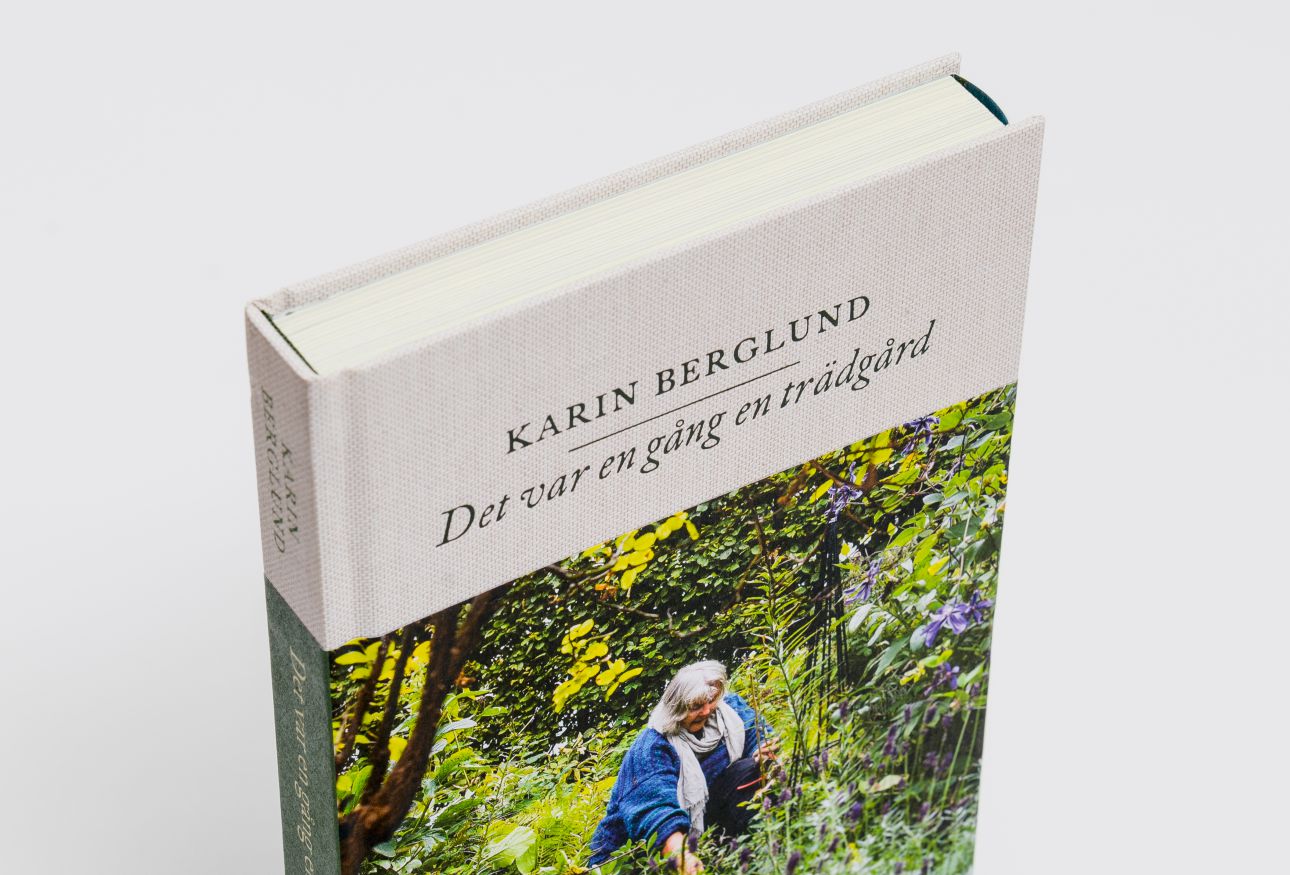
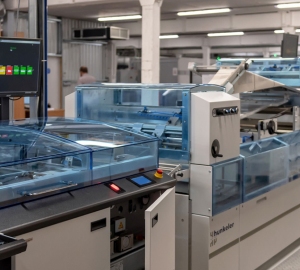
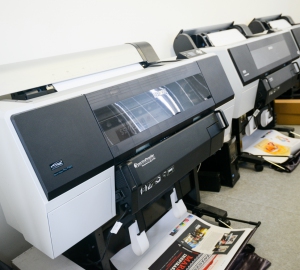
Proofing on 6 Epson proofing printers

2x Heidelberg Speedmaster XL 106-8-P: 8-colour offset printing press (760 x 1050 mm)

2x Heidelberg Speedmaster XL 106-8-P: 8-colour offset printing press (760 x 1050 mm)
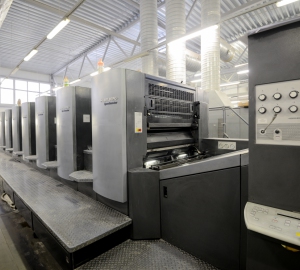
1x Heidelberg Speedmaster SM102-8-P: 8-colour offset printing press (720 x 1020 mm)

1x Heidelberg Speedmaster CD102-5: 5-colour offset printing press (720 x 1020 mm)
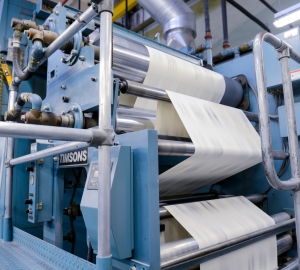
1x Timson T48 web book press (1194mm)
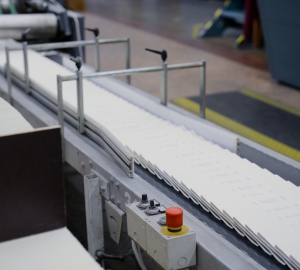
1x Timson T48 web book press (1194mm)
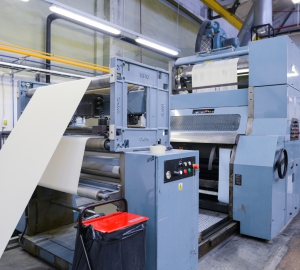
1x Timson T48 web book press (1194mm)
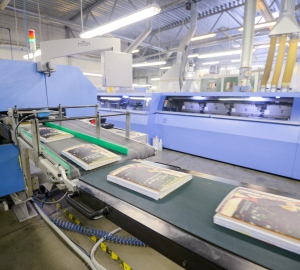
Muller Martini Alegro, perfect binding line with gathering, PUR glue option and palletizer
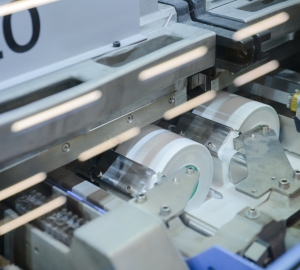
Muller Martini Alegro, perfect binding line with gathering, Cold glue option and palletizer
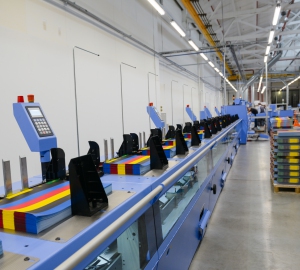
Muller Martini Alegro, perfect binding line with gathering, Cold glue option and palletizer
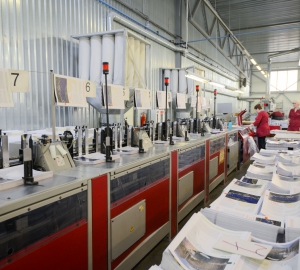
Muller Martini Acoro A5, perfect binding line with gathering
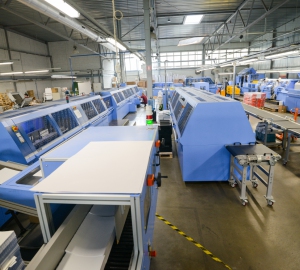
Muller Martini Kolibri/Diamant MC, hard cover book line with ribbon inserting, jacketing, shrinkwrapping and palletizer
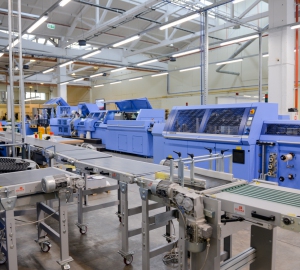
Muller Martini Diamant MC 60, hard cover book line with ribbon inserting, jacketing, shrinkwrapping and palletizer
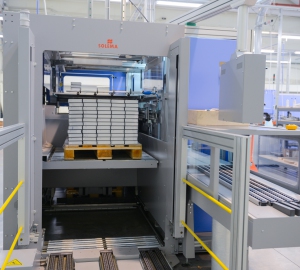
Muller Martini Diamant MC 60, hard cover book line with ribbon inserting, jacketing, shrinkwrapping and palletizer
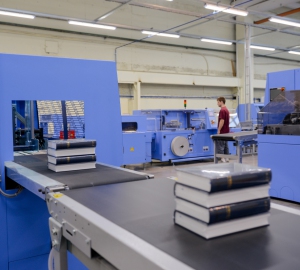
Muller Martini Diamant MC 60, hard cover book line with ribbon inserting, jacketing, shrinkwrapping and palletizer

Muller Martini Diamant MC 60 casing-in line
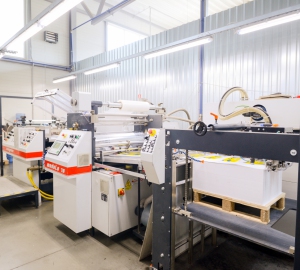
Ecosystem MODULO DRY 76, dry laminating machine
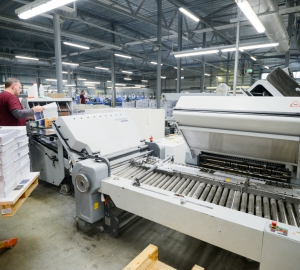
Folding on 10 Heidelberg Stahlfolders
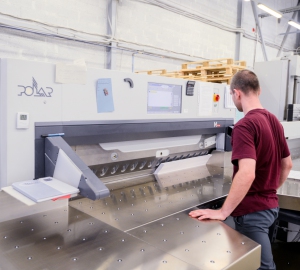
Cutting on 5 Polar cutting machines, sizes 78-176
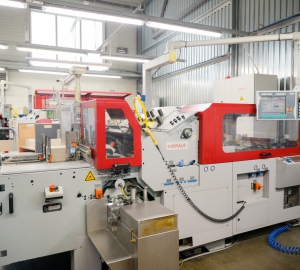
Case making on 3 Horauf BDM book case making machines (with round corner option)
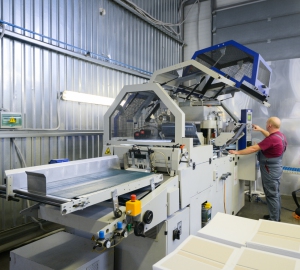
Embossing and Foiling on 2 Kolbus embossing and foiling presses
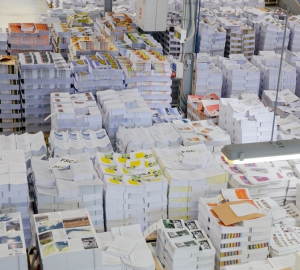
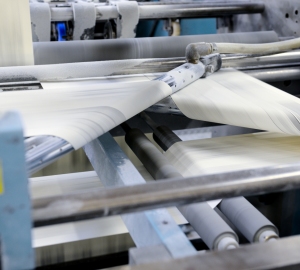
1x Timson T48 web book press (1194mm)
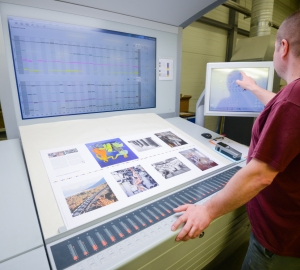
Heidelberg Speedmaster XL 106-8-P: 8-colour offset printing press (760 x 1050 mm)
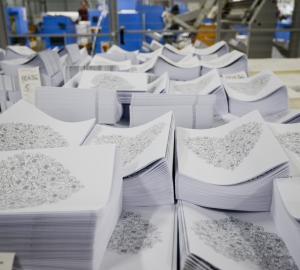
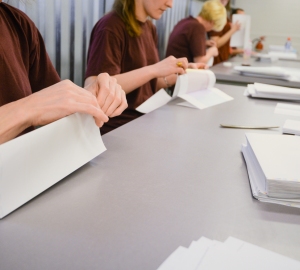
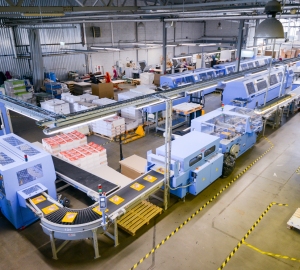
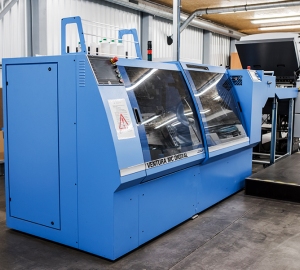
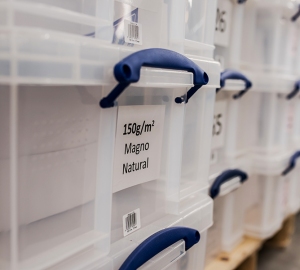
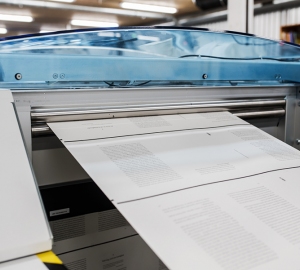
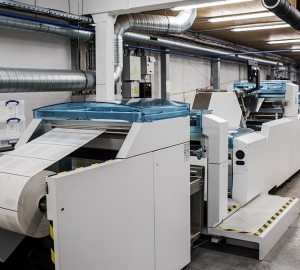
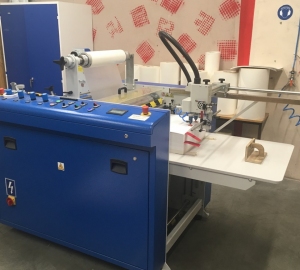
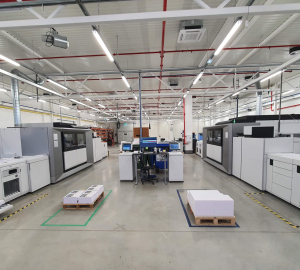

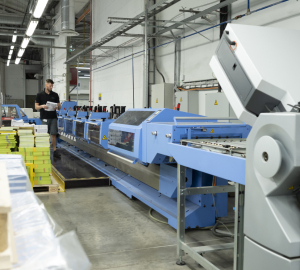

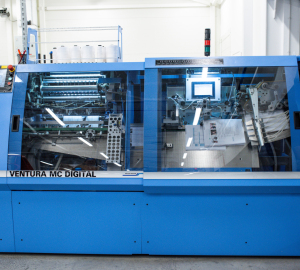
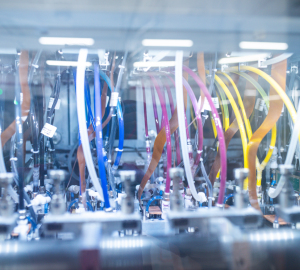
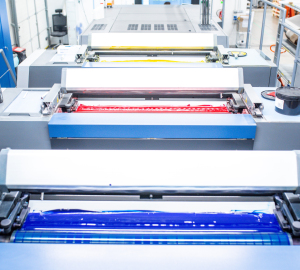
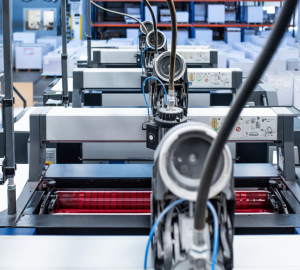

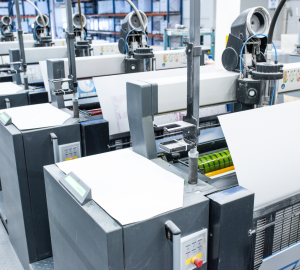
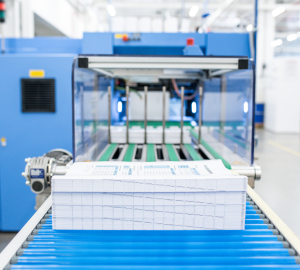
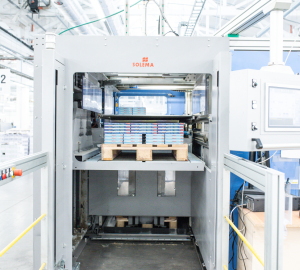
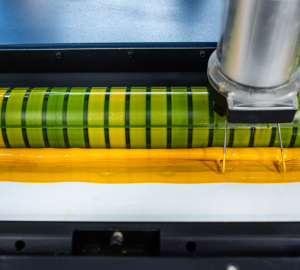
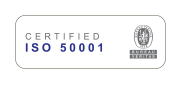


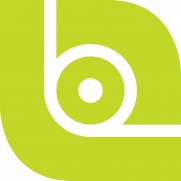
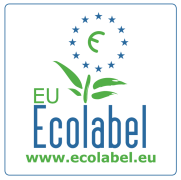
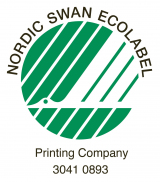
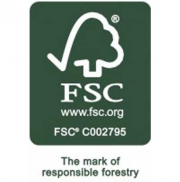
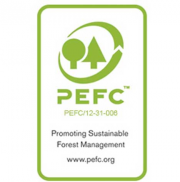


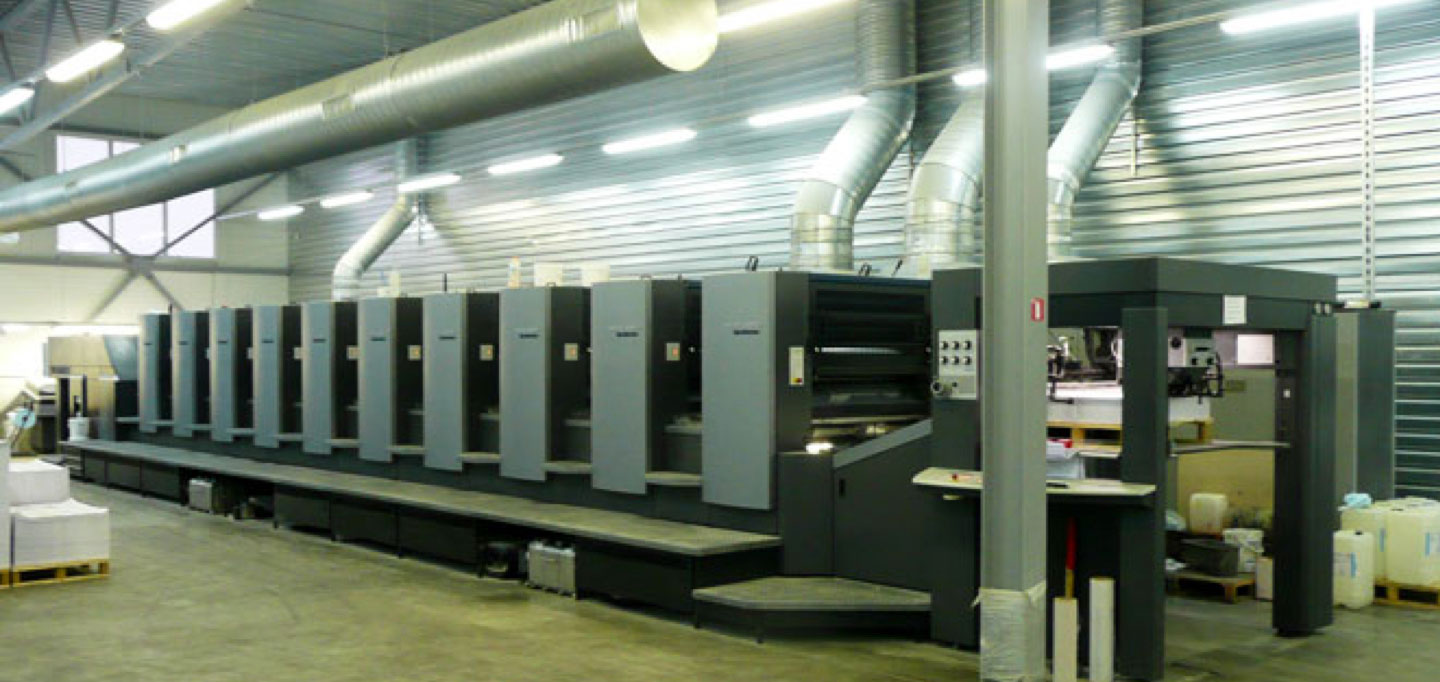
Fill in our form and get a quote or visit our Sales Teams in various European countries